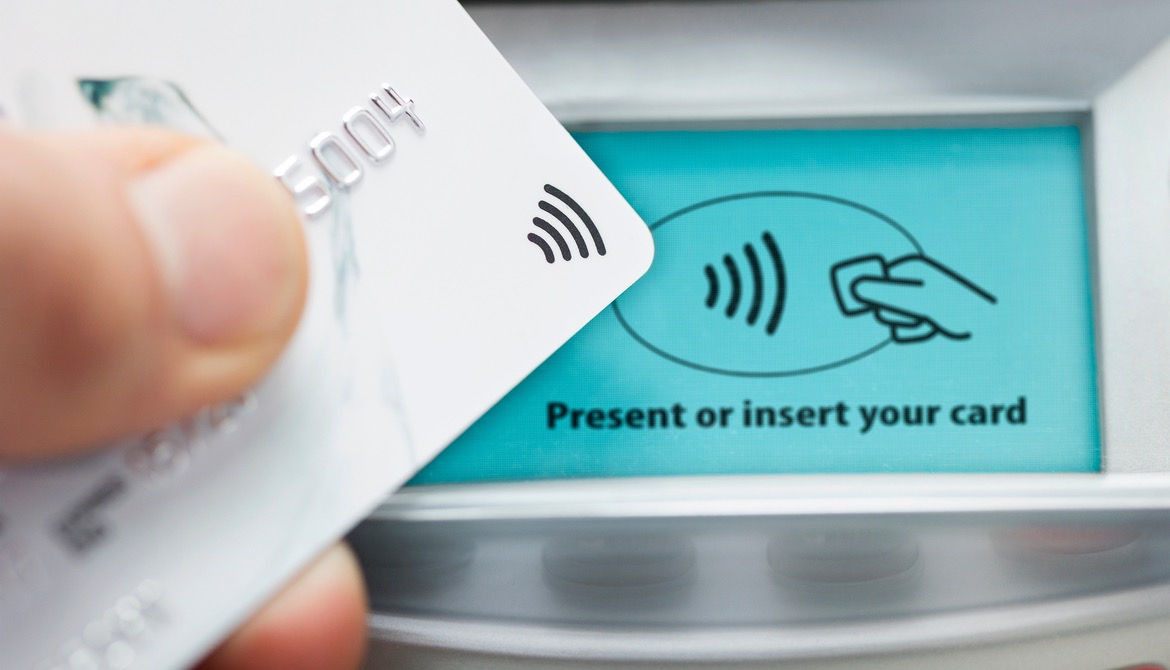3 minutes
If this is the right product for your members, it’s time to start creating issuance, education and marketing strategies.
Credit unions have had a lot on their technology plates of late, between rolling out EMV cards and keeping pace with the ever-changing mobile and digital needs of their members. The last thing they want to hear is there is another technology challenge they need to tackle. But it’s here. It’s called contactless payments. And don’t worry—it’s not as scary or complicated as it may sound.
Contactless cards, also known as “tap-to-pay” cards, have been common fare outside the U.S. for a long time. It’s no longer a question of whether these cards will take hold here. The question now is how soon until they are the preferred form of payment?
The Technology Is in Place
According to information from Visa, 95 percent of new POS terminals shipping today are contactless capable with either near-field communication or magnetic secure transmission technology. Thanks to advancements in new technologies and manufacturing processes, the cost of contactless dual interface cards (cards that are enabled to be dipped using the card’s chip or tapped using the card’s embedded RF antenna) is greatly reduced.
A recent Juniper Research report predicts that more than a third of U.S. transactions will be contactless by 2022. According to MasterCard, the number of merchants accepting “tap to pay” is up nearly fourfold since 2014, growing from about 200,000 merchants to nearly 750,000 today. Additionally, contactless cards can be effective in converting cash to card-based payments. Cash is used for a third of transactions in the U.S., representing a $2 trillion opportunity.
Members Drive Demand
Unlike EMV chip cards, Visa and Mastercard are not mandating a switch to contactless cards in the United States. The decision for a credit union to offer contactless cards will be driven largely by member preferences. For today’s consumers, especially millennials, it’s all about frictionless, convenient and secure transactions.
Contactless card transactions take about a second to tap versus an average of nine seconds for chip cards to process. Plus, NFC cards needn’t leave the buyer’s hand. Today’s consumers expect it to be just as fast and easy to make a payment as it is to order a ride on Uber or do a Google search. According to a 2018 Visa report, contactless payments help to build customer loyalty, while issuers and merchants enjoy increased spending per transaction, lower operational costs and penetration into the cash payment market.
Not Too Early to Plan
The switch to contactless payments is happening quickly, so it’s time credit unions that think this might be the right thing for members begin to create issuance, education and marketing strategies.
For most credit unions, adopting a natural re-issue strategy for contactless cards will be the most cost-effective approach. This strategy involves issuing contactless cards to replace expired or lost/stolen cards. Also consider making contactless cards available to members upon request. In addition, don’t forget to issue “tap-to-pay” cards to your staff plus their friends and families to create excitement and interest in this new technology.
Many factors play into the decision to make the switch to contactless cards. Yet the move to contactless payments doesn’t need to be onerous. With some advance planning, credit unions can make the transition without a lot of expense all at once. Your members will thank your credit union for a vastly improved experience at the point of sale.
Keith Nolan is VP/credit union and alliance sales for FIS. Whether you are a card issuer or a merchant, our new 15-page FIS Success Guide: Making the Case for Contactless Payments will provide you with the insights, use cases and trends to support your planning process.





